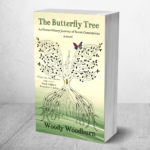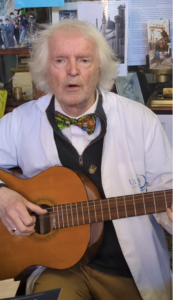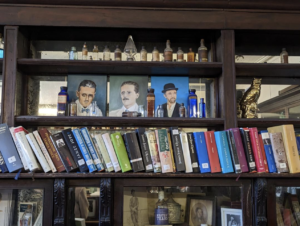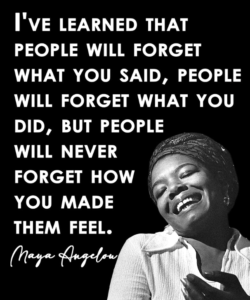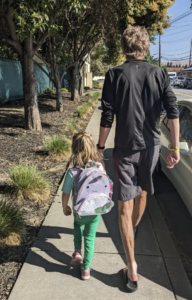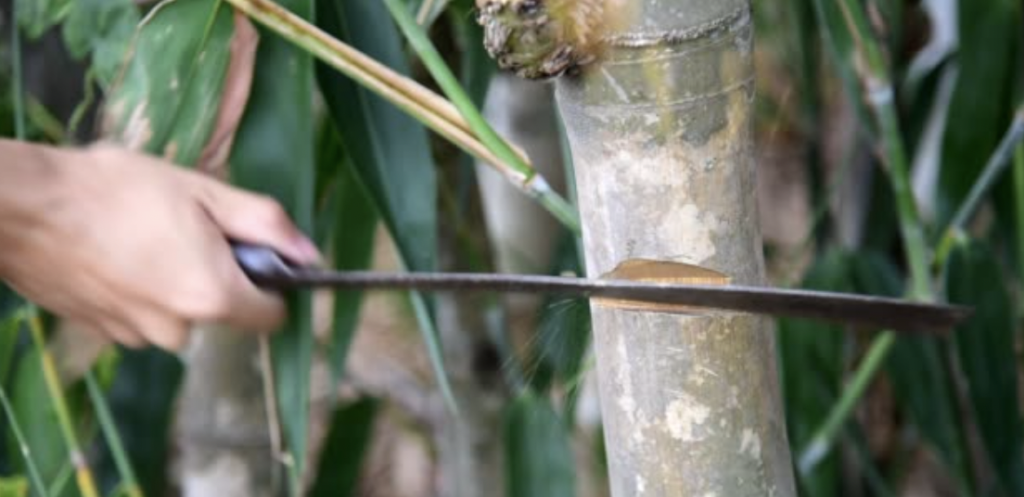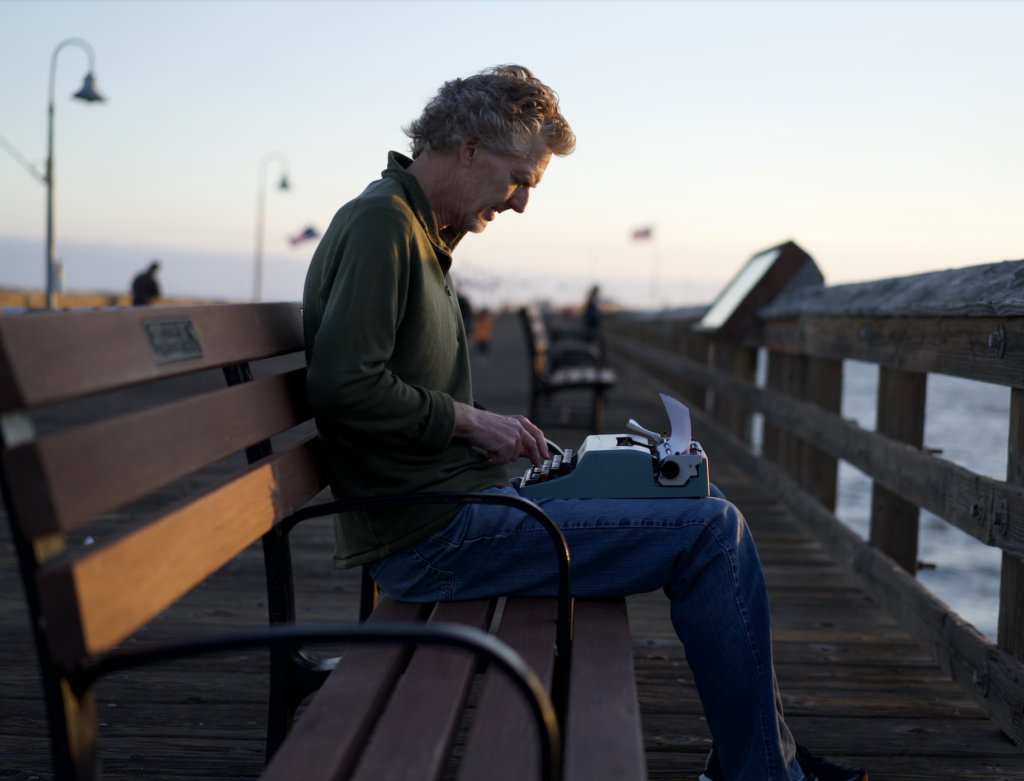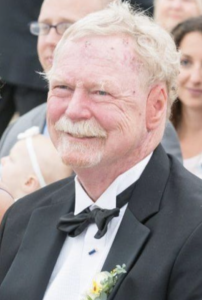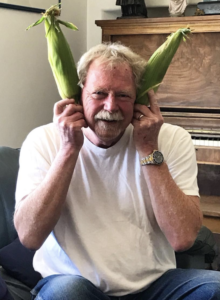Woody’s new novel “The Butterfly Tree” is available at Amazon (click here), other online retailers, and orderable at all bookshops.
*
Boo! Here is something scarier than any ghost or goblin or ghoul: according to the National Retail Federation, this year Americans will spend $700 million on Halloween costumes…
…for their pets!
Yes, Halloween is literally going to the dogs—and cats.
As for humans, the projected figure to be spent on costumes in 2024 is $3.7 billion, plus $3.8 billion for decorations and $3.5 billion for candy—the latter figure does not include dental bills six months down the Candy Cane Lane. All told, according to the NRF, this works out to $103 per person, a tick down from a record $108 a year ago.
Spiderman is expected to be children’s top costume of choice this year followed by ghost, princess, and witch. Not surprisingly, witch will again rank as the top outfit for adults followed by vampire, cat, Batman, pirate, and a swollen number of Shrunken Head Bob from the new cult movie sequel “Beetlejuice Beetlejuice.”
As for pets, the NRF says the most popular costumes will be four-legged pumpkins, hot dogs, bats, bumblebees, ghosts, and spiders. Personally, I have loved eight dogs in my life, but have spent the same on costumes for all of them combined that my parents did on costumes for my three siblings and me growing up: zero, zilch, zip, not a dime.
You see, back in the 1960s, kid Baby Boomers made costumes with empty boxes and paint, bed sheets and old clothes, this and that, maybe some face makeup, and imagination.
Instead of store-bought costumes from a box, here are some outside-the-box Halloween outfits I would like to see knocking on my door next Thursday evening:
Shohei Ohtani dressed up like Superman and the rest of the Dodgers, dusting off a four-year-old costume stored in an attic trunk, as World Series champions.
Speaking of superheroes, I’d love to see firemen, nurses, police officers, and teachers dress up as members of the Justice League.
Every cancer patient dressed up as cured.
Amazon’s Alexa and Apple’s Siri costumed as helpful librarians, and vice-versa.
The new iPhone16 dressed up as a rotary rPhone1960 model.
Similarly, a family out for meal in a restaurant all costumed as Amish Mennonites without everyone having his or her attention focused on smartphone screens.
Throwaway plastic milk jugs dressed up as bygone “Leave It To Beaver” milkman-era returnable glass bottles.
All the current election yard signs dressed up as recycled trash.
Congress dressed up with “Will Work For Food” signs.
Patagonia founder Yvon Chouinard costumed as Administrator of the U.S. Environmental Protection Agency.
Every drunk driver dressed up as a taxi, Uber or Lyft passenger.
The Lakers’ father-son duo LeBron and Bronny James as Methuselah and Lamech.
Jack In The Box pitchman Jack dressed up as Ronald McDonald, and vice-versa.
SoCal weather dressed up as rainy Seattle and more specifically Ventura County’s brown hillsides in costumes as Ireland’s emerald landscape.
My laptop keyboard as John Steinbeck’s Hermes Baby typewriter.
Coming full circle to pets, I wish every shelter dog and cat could dress up as a pumpkin or hot dog or bumblebee whilesleeping on a newly adopted lap.
Lastly, according to a CandyStore.com survey, the least popular candy—“bottom of the Halloween barrel” is the description used—handed out this year promises to be the same as when I last went Trick-or-Treating: spongy yet stale banana-flavored yet oddly pale-orange-colored marshmallow Circus Peanuts.
Which reminds me of the proper way to eat Circus Peanuts: tear the package open, toss them in the trash, then enjoy this year’s most preferred Trick-or-Treat treat: Reese’s Peanut Butter Cups.
* * *
Essay copyrights Woody Woodburn
Woody’s new novel “The Butterfly Tree” is now available in paperback and eBook at Amazon (click here), other online bookstores, and is orderable at all bookshops.
*
Woody writes a weekly column for The Ventura County Star and can be contacted at WoodyWriter@gmail.com. Follow him on Twitter and Instagram at @woodywoodburn.



